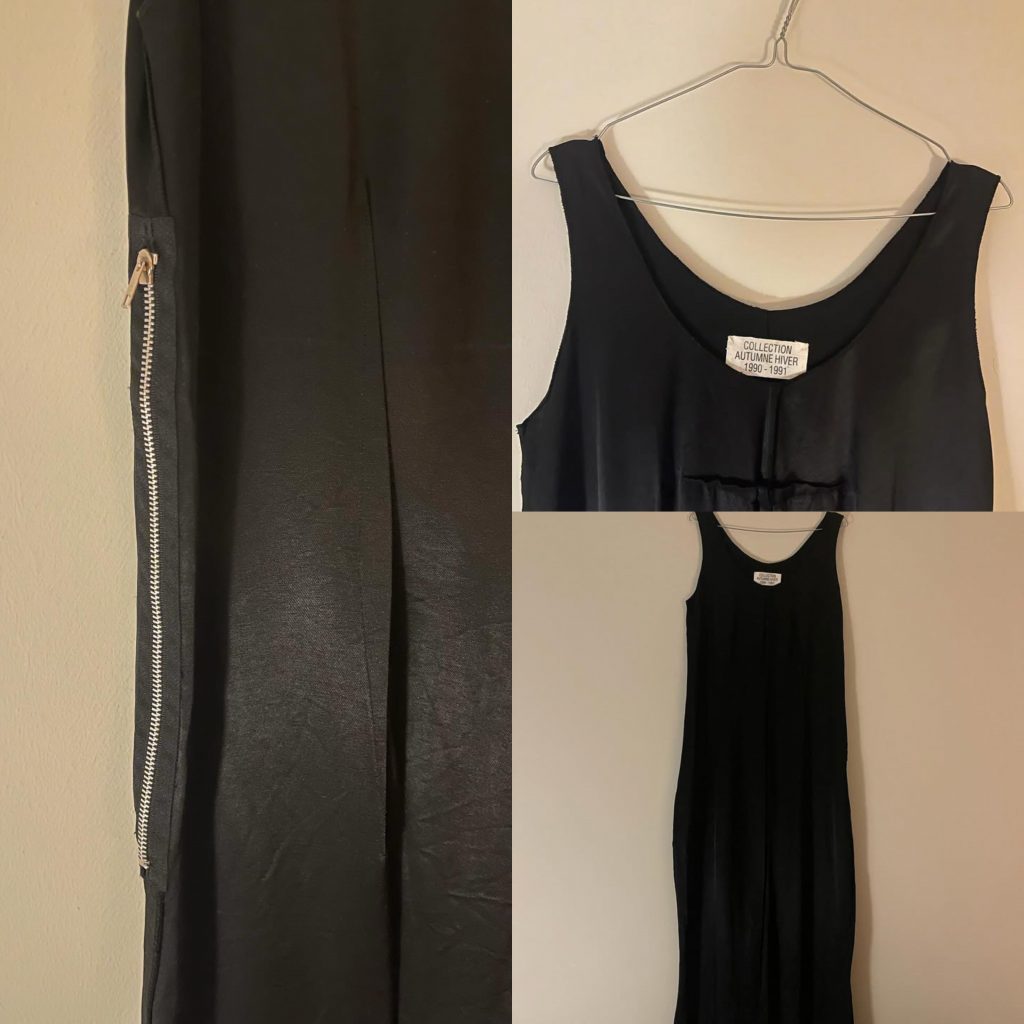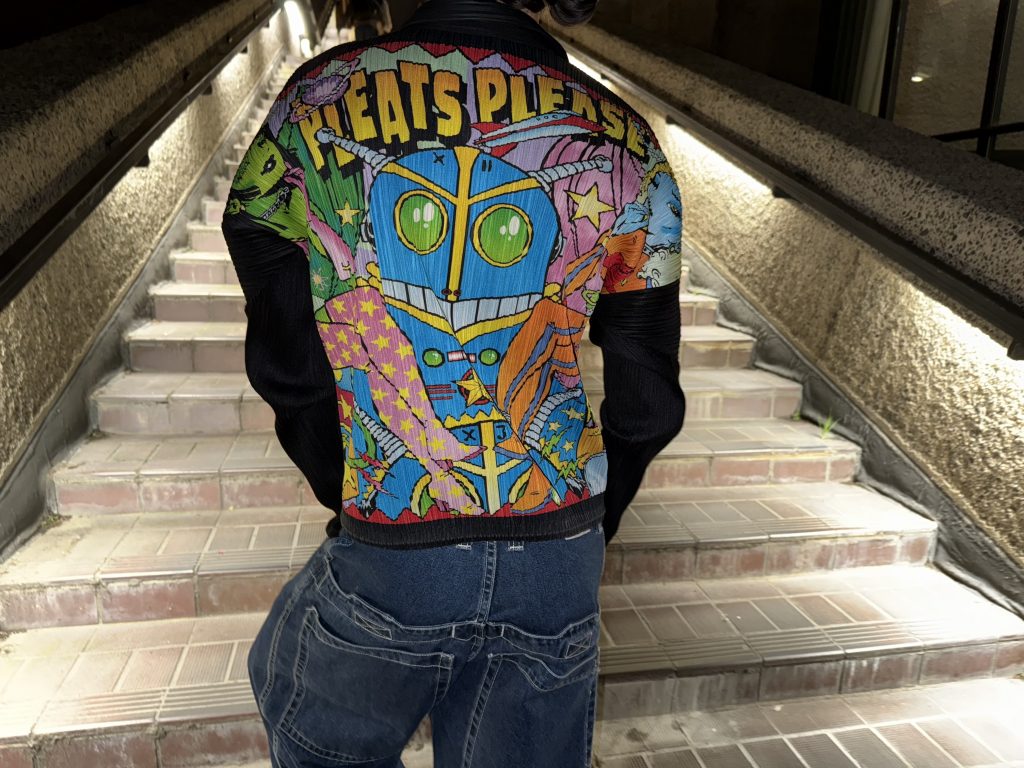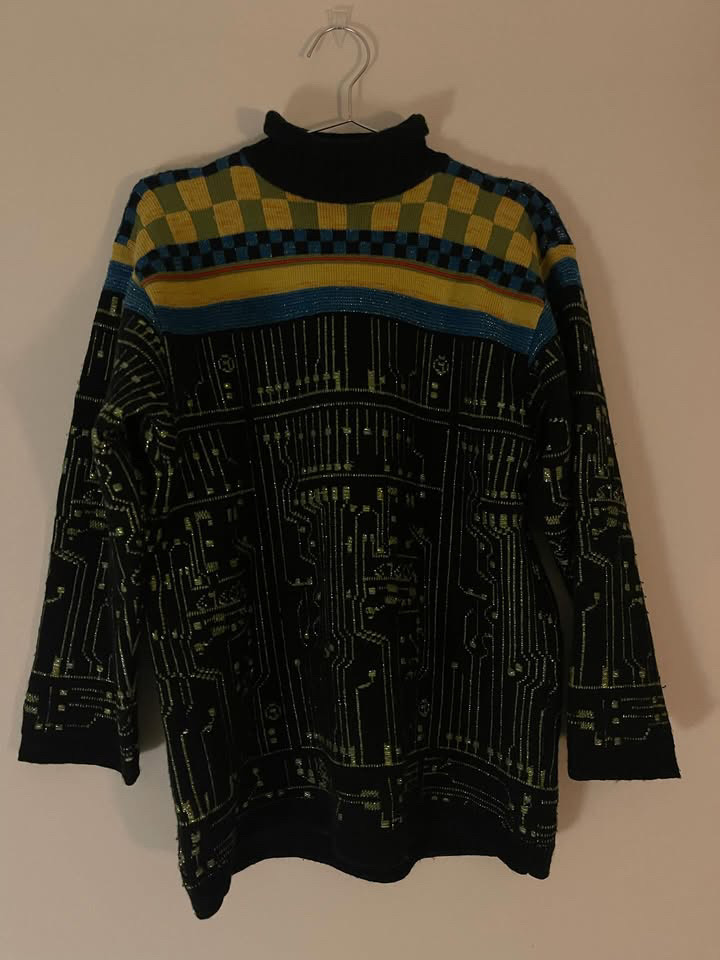Some pieces are simply here to stay and London’s love affair with archival fashion is a trend that blends nostalgia with modernity.
“It’s not about buying the latest trends but about investing into pieces with true meaning.”

What is archival fashion?
The fashion world evolves and changes overnight, but one trend is making an enduring impact: the revival of archival fashion. As designers, celebrities and everyday fashion enthusiasts rediscover timeless pieces, the future of style takes a turn towards the past. While vintage shopping is nothing new, archival fashion takes this concept one step further. It refers to clothing that has historical significance, often pieces from a brand’s past collections that have defined the trajectory of fashion. Haters would say archival is vintage for insufferable people to strut around in. I would laugh, but also disagree.
These are not just “old clothes” but garments that were once central to a collection and hold a deeper, cultural meaning – think of iconic looks from household-name designers or pieces that appeared on the runway during pivotal fashion moments.
The appeal of archival fashion lies in its historical and cultural significance. Unlike vintage pieces, which are simply defined by their age, archival pieces carry the legacy of a particular brand, designer or collection. These items were often crafted with the intention of pushing creative boundaries and telling a story. Whether it’s Vivienne Westwood’s punk-infused rebellion or Comme des Garçons’ avant-garde deconstruction, these garments hold a narrative that resonates beyond the catwalks.
In recent years, the influence of archival fashion has seen a surge in enthusiasts. More people are incorporating archival clothing into their wardrobes, giving a new life to pieces that once defined the fashion world.
Archival fashion is not just about owning an iconic piece; it’s about creating a wardrobe that is at all times unique, meaningful and timeless. This has sparked a wider movement, particularly among young fashion enthusiasts who are more mindful about consumption and are drawn to the authenticity of owning pieces that tell a story.
This blending of the old and new is not only happening on the runways and red carpets, but it is also trickling down into everyday fashion – especially in a city like London, where style is ever-evolving but deeply rooted in tradition.
To gain deeper insight into the world of archival fashion, I spoke with Rui, former employee at Iris Van Herpen’s Amsterdam atelier, Architecture graduate, current Biodesign student and – cherry on top – a passionate collector of archival pieces.
Understanding, sourcing and wearing archival pieces
When one is getting into archival, they must possess some sort of fashion knowledge about what they wear, or so was highlighted to me by Rui. For people like him, archival is a full hobby in itself, with countless hours spent absorbing runway videos and fashion history.
“It’s really time-consuming. Sometimes it’s about understanding the designer you’re looking for and the style they were designing in at the time. Margiela is such a good example. If you look at Margiela in his early years, he does a lot of deconstructive work, and I think it’s interesting to find those pieces – the glove top, the sock top, recycling things that you were able to find and making it couture. Understanding the periods really helps you break down the piece.”

He also highlights how understanding the cultural context of designers’ work is essential for recognizing archival pieces, using Jean Paul Gaultier as an example: “With Gaultier, when I look at a piece, I can sort of tell when it was done. Gaultier and his runways have a very strong theme and that transcends into a lot of the details that are in the clothes. Is it the stitching, the material, the tailoring? These are things that become easy to spot once you go out and look for them yourself.”
Sourcing archival pieces is an ongoing quest, but apps such as Vinted or Grailed have made life easier for the fashion-driven. In Rui’s words, the only challenge to overcome now is prices, which in recent times have skyrocketed due to celebrity influence. Think about Kim Kardashian controversially wearing Marilyn Monroe’s sheer dress at the MET Gala.
These celebrity moments do more than just fuel fashion trends – they give visibility to the idea of “investment dressing”.
“I want to buy [the pieces] as cheap as possible,” says Rui. “It’s a lot of not giving up, because probably for 10 stores that I will visit, I will only find one thing.”
Many are wondering how they can incorporate these rare, often expensive pieces into their own wardrobes. For Rui, who has been collecting for years, it’s all about mixing high-fashion history with the everyday: “I don’t believe in saving archival pieces just for special occasions,” he says. “Fashion should be about expression. I wear them in my day-to-day life because that’s how they feel relevant.”
He goes on to explain the advantages of shopping in Europe, where second-hand markets are more accessible: “I was mainly based in Europe and Canada, and what’s great about Europe is that the second-hand selling system is such that you have access to all of Europe, whereas in the UK, you mainly only have access to England, maybe Scotland.”
(sidenote: Antwerp is the best place to source archival, but I’m supposed to keep it a secret)

What now? What next?
Fashion houses and contemporary designers alike are beginning to prioritize the preservation of their archives and making pieces available to the public in a more intentional way. Luxury brands, such as Balenciaga or Anna Sui, are ensuring their iconic designs are documented – and in some cases re-released – to engage new generations of fashion lovers. Designers like Rick Owens, Ann Demeulemeester and Martin Margiela are known for their rich archives, influencing both contemporary fashion and the collectors who seek out their work.
These collections are not just about nostalgia but are also about keeping the conversation between past and present alive, allowing future generations to understand the roots of modern style. However, Rui raises a point at the end of our interview, that delves into his Biodesign pursuits and Martin Margiela’s 1997 bacterial stunt in Rotterdam:
“I work with bacteria, and one thing that I’m always afraid of is wearing archival pieces in the lab because who knows what sort of mould is gonna be floating around and can get on your clothes. [Margiela] took a whole bunch of his collection, 10 years of it, and he doused these pieces in agar. He put these pieces in the exhibit’s case, and over the course of the two months that the exhibit was there, bacteria started growing on the garments and decomposing them.
“I think it questions how long archives should stay around? Should archives exist forever?”